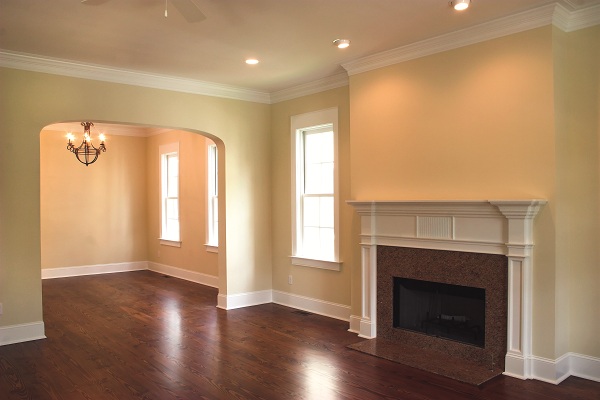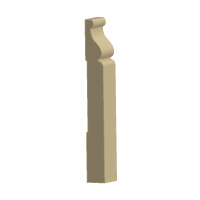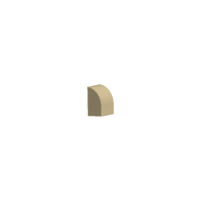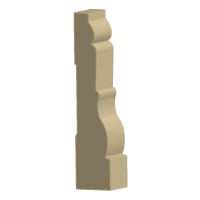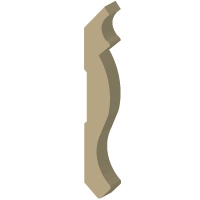By: Holly Bayer, ASID
Last week we talked about the various parts and pieces called mouldings. With any luck you can now confidently look around your home and say, “you know what this room needs? Crown moulding.” Or perhaps, “Darling? Should we consider adding a base shoe to our cabinets?”
This week we’re going to look more closely at the profile or cut of each of those pieces to determine what style home they’d look best within. To illustrate the detail we’re going to compare two drastically different rooms (one this week and another next week) and the mouldings that have been used to provide such different effects.
In the photo below, we’re going to pay special attention to the crown moulding, casing and base that was selected and the profile of those separate parts. Shown are the following: 279A Base. 200A Baseshoe, 132A Casing, 640A Crown.
You can see how the added number of edges or cuts made into a single length of moulding creates a more detailed look. Carpenters working during the turn of the century sometimes stacked three or four pieces of crown and ceiling moulding to create a very ornate look within each room. Typically, this was done on the main level only where one was more likely to receive important guests. Each additional level of the home carried a similar but pared down rendition of what was installed on the main level.
The same level of detail is found in the intricacy and subsequent width of the door and window casing. Base moulding in traditional interiors is frequently chosen to balance the weight of the crown moulding at the top of the room. A five or seven inch base with a quarter round base shoe is commonly used to create the fanciful detail one expects to see in a home styled to be “traditional.”
Next week we’ll look at the crown, casing, and base selections for a contemporary style home… stay tuned!

